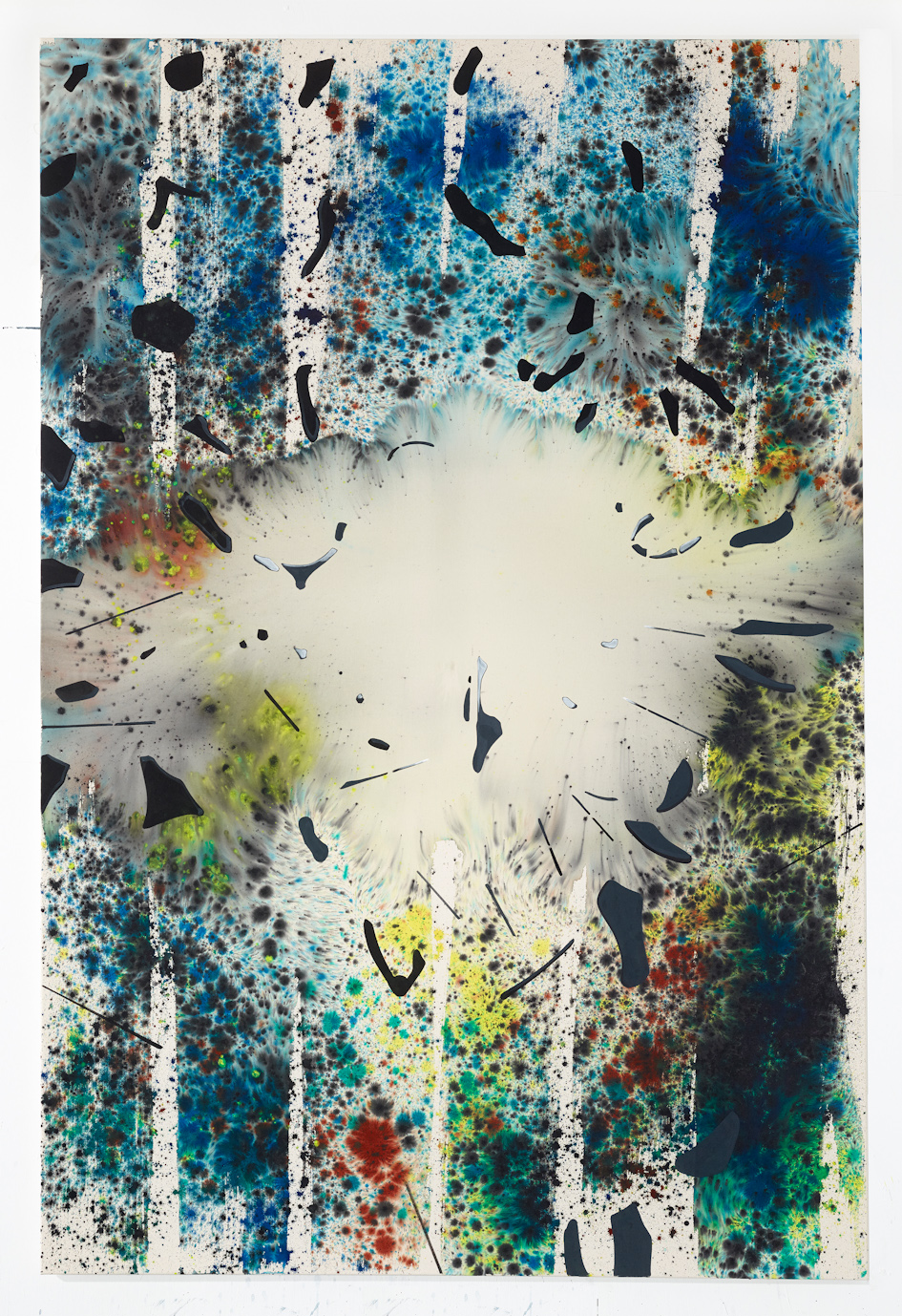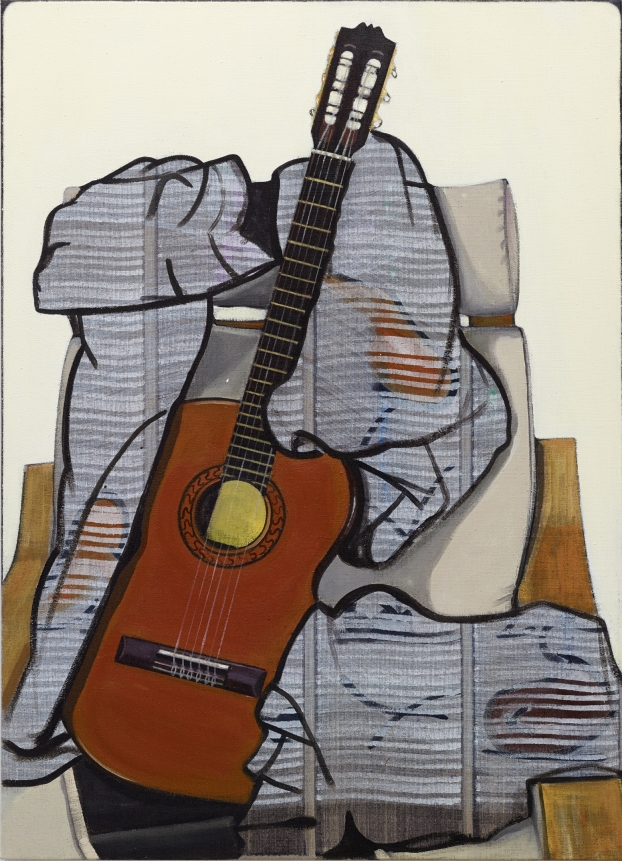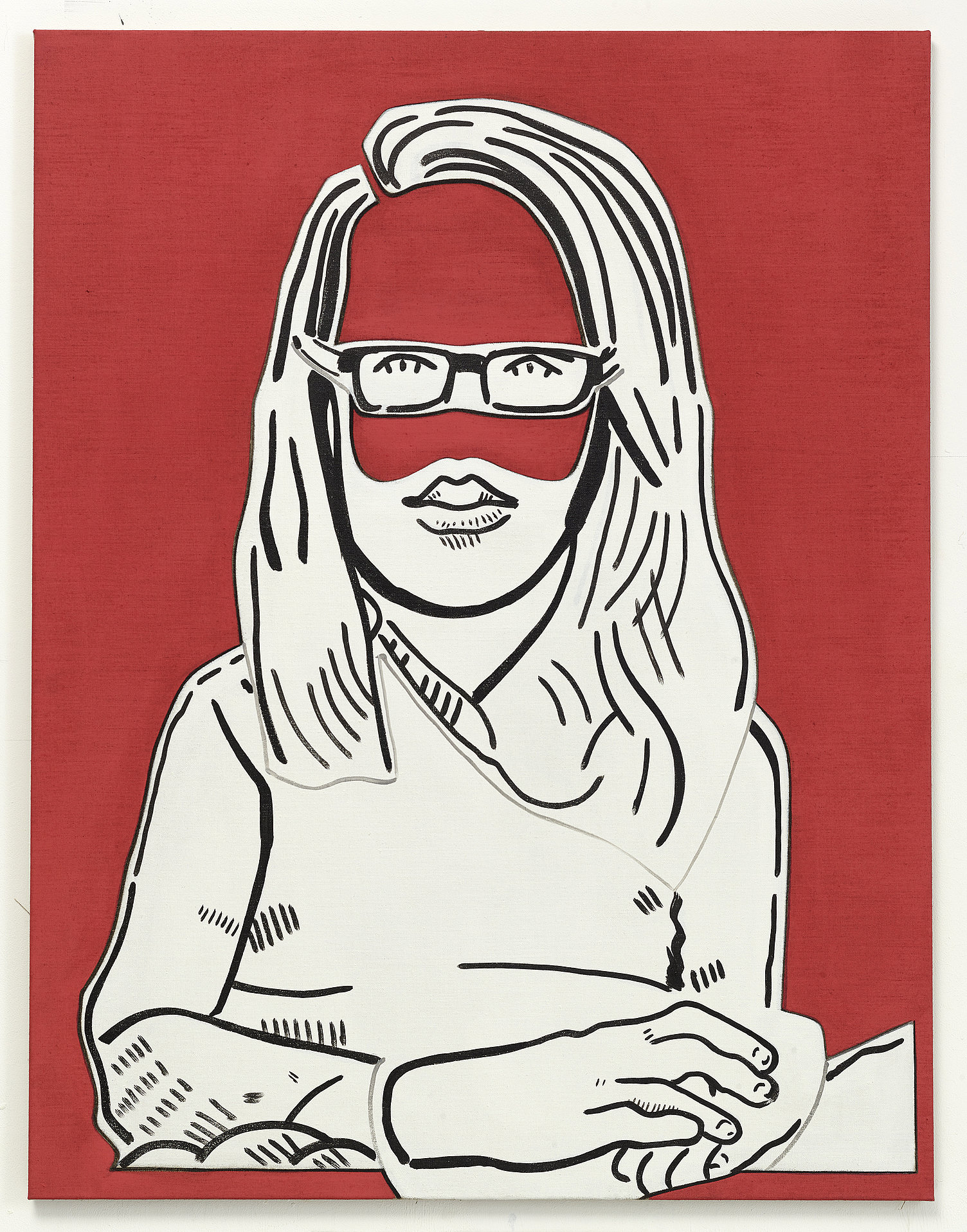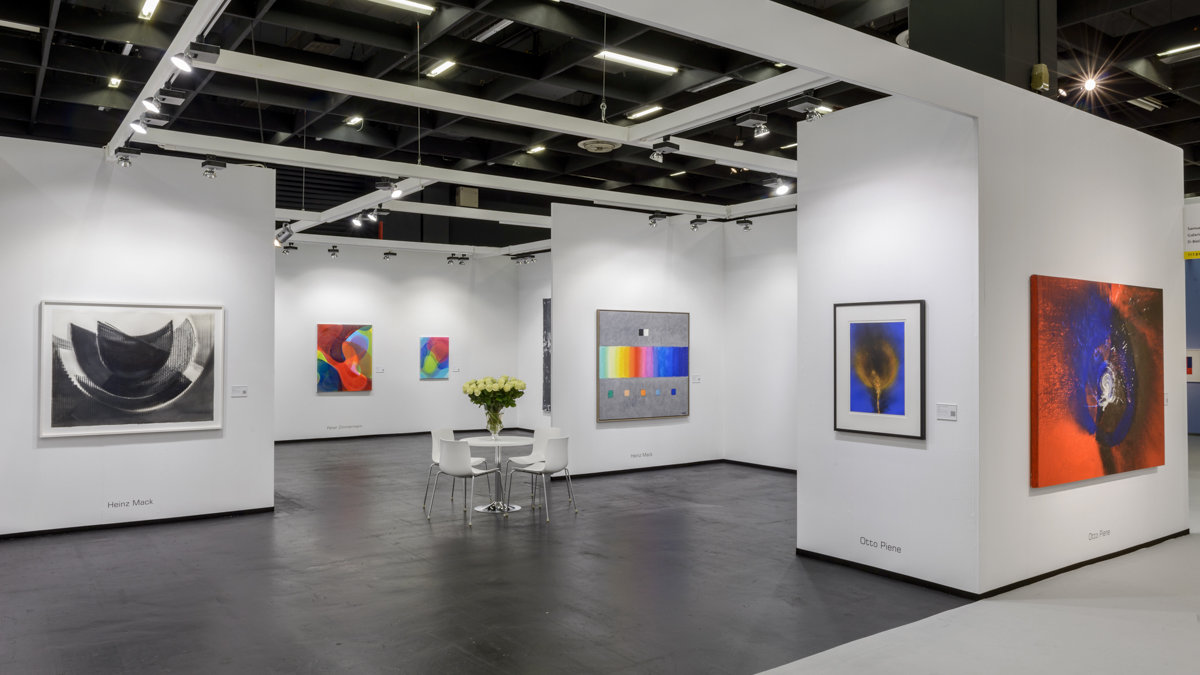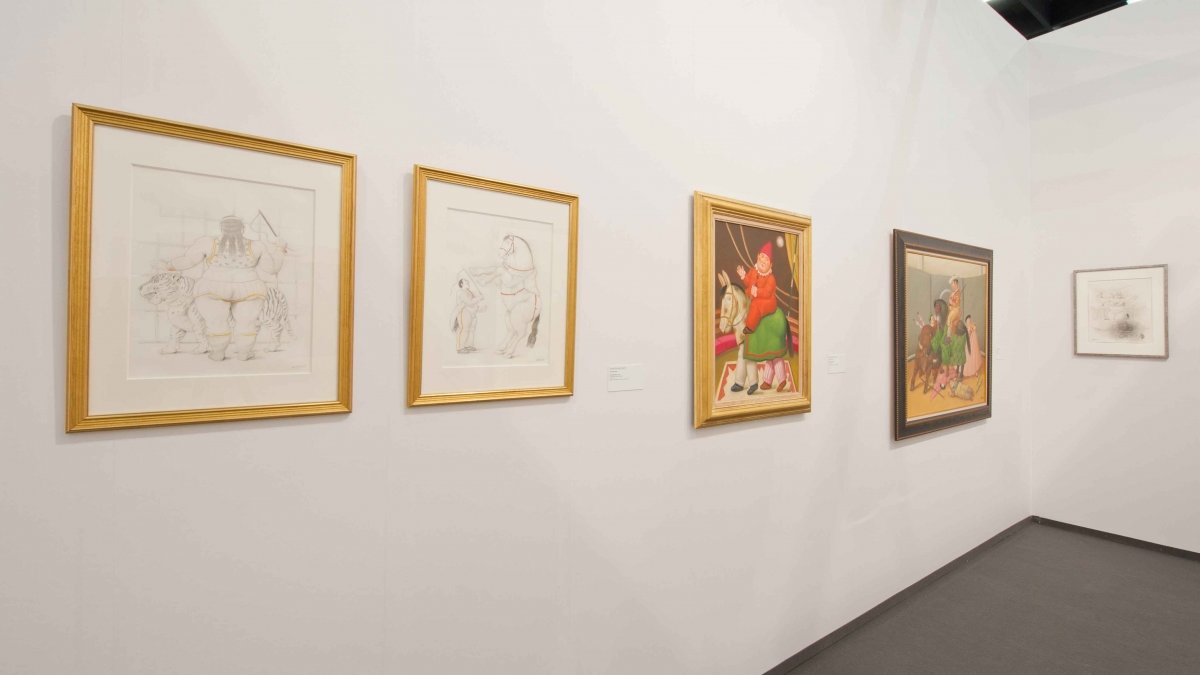Cornelius Quabeck
Biografie
Der 1974 in Wuppertal geborene Maler studierte an der Kunstakademie Düsseldorf bei Jörg Immendorff und Albert Oehlen sowie am Chelsea College of Art and Design in London. Nach dem Studium entstehen zunächst großformatige, figürliche Kohlezeichnungen auf Leinwand. Einerseits malt Quabeck seine immer wiederkehrenden Affenbilder, beispielsweise einen Schimpansen, der sich mit einer Hand an einem Ast festhält, während sein Gesicht schreiend um die Aufmerksamkeit des Betrachters ringt und zu einem Totenkopf verzerrt ist.
Dem gegenüber stehen Starportraits des TV- und Musikbetriebs. Sie sind als leichte Umrisszeichnungen gehalten und erwecken ob ihrer schieren Größe den Eindruck einer persönlichen Hommage. Mit einigen Strichen setzt Quabeck ihnen Tierohren und Narben im Gesicht auf und verwandelt sie in Hybride. In den „Menschentier“-Bildern verweist Quabeck auf Vorbilder und eine Tradition, die vom Comic bis zum Werk Jörg Immendorffs reicht.
Die Werke seiner jüngsten Serie „Tiere lesen, Menschen essen“ aus dem Jahr 2013 verbindet Komik mit Kritik, sie ist einerseits Parodie auf Jonathan Safran Foers jüngste Buchkritik „Tiere essen“ (2010), in dem der Autor die Massentierhaltung kritisiert. Andererseits adaptiert Quabeck den banalen Fernsehhype um Köche, die Essen als Geschmackserlebnis oder sogar Kunst zelebrieren. Seine Tiere sind allesamt vermenschlicht - lediglich ihre Köpfe weisen auf ihr eigentliches Naturell hin. Sie lesen in Büchern, um zu studieren, wie sie am besten dem Kochtopf entkommen können.
In einem Essay über Quabecks abstrakte Werke schrieb Hans-Jürgen Hafner: „Einerseits zur unbestimmt wabernden, psychedelisch vieldeutigen Oberfläche angedickt, drängen andererseits verschiedene malerische Idiome aus dieser Oberfläche hervor und konkurrieren um die Wette. Wie hinter halbtransparenten Vorhängen oder Nebelschlieren verborgen klingen dabei die unterschiedlichsten motivisch/semantischen Ebenen an. Manches davon ist aus der bisherigen Arbeit des Künstlers bekannt – vor allem jenes kuriose Bestiarium, Dodos oder Affen, für die Quabeck seit langem ein spezielles Faible hegt.“ (1)
Die Bilderfolge „Tres Amigos“ zeigt jeweils Quabecks Gitarre und die letzte Ausgabe der Financial Times Deutschland mit dem schwarzen Titelblatt Final Times, die beide auf einem Sessel drapiert sind. Accessoires des Künstlers sind zu sehen und seine Kleidung, die sich ebenfalls auf dem Stuhl befunden haben muss, ist umrisshaft erhalten. Diese Bilder sind nicht nur kompositorische Studien, sondern verweisen auch in ihren Gegenständen auf den abwesenden Künstler.
Ein ausgestorbenes Tier, wie etwa der Dodo, bekommt symbolische Qualitäten, wenn es in einem Gemälde auftaucht. Wahrscheinlich gilt es als Manifestation der Überzeugung, dass alles irgendwo weiterlebt. Oder: dass die Kunst für Verflossenes ein guter Lebensraum ist, weil diese neue Aufmerksamkeit genießen und wieder in den aktuellen Diskurs eingebracht werden.
(1) Siehe Hans-Jürgen Hafner, Dicke Milch, im Katalog der Einzelausstellung Cornelius Quabeck - Charcoal Frost (2011) in der Samuelis Baumgarte Galerie
(2) Siehe Matt Hussey, Cornelius Quabeck, in: Amelia’s magazine, Issue 7, Summer 2007, S. 68f
Im Wechselspiel zirkulieren in Quabecks Bildern posende Popstars mit quasi-romantischen Inszenierungen, auch der eigenen Person. Vor allem in seinen Zeichnungen, die sein malerisches Werk entweder als eigenständige Arbeit, Skizze oder als Mittel des Austauschs mit Paul McDevitt begleiten, entdeckt man einige „Selbstportraits“.

Ausstellungen
Messen
Museumsausstellungen (Auswahl)
It ain\'t whatcha write, it\'s the way atcha write it, bis 01.10.2014, Manifesta Foundation, Amsterdam
Herz der Finsternis, verhudelt. Henrik Schrat & Gäste, 22.03.2014 - 17.08.2014, Kunstsammlung Jena, Jena
Schottenrock, 24.01.2013 - 03.03.2013, De Nederlandsche Bank, Amsterdam




